eSIMs for Travel: The Best Way to Stay Connected, With a Catch
We may earn a commission from purchases you make after clicking links on this site. Learn more.For calls, texts, and data while traveling internationally, I’ve long recommended making sure your phone is ready for your trip and then picking up local SIM cards in each new country. You’ll typically get better rates and/or speeds than when you’re roaming, plus a local number for people to call you on.
However, as much as I love local SIMs and have used them forever, they’re not without their problems. They can be time-consuming and difficult to buy due to language and technical issues, and you have to mess around with swapping little pieces of plastic in and out of your phone.
Since they’re often not available until you’re physically in a country, you can also find yourself disconnected during those vital first few hours after arrival unless there’s a store at the airport or station. Without a dual-SIM phone, they also mean losing access to your usual number while you’re away.
Wouldn’t it be nice if there was instead a way to simply turn on your phone once you arrive and connect to a local carrier at something approaching local rates? Well, there is, and it’s already been on the market for a few years. Welcome to the eSIM.
If it doesn’t ring a bell, it’s probably because you haven’t been following Apple’s phone announcements. eSIM support has been built into the iPhone for several years now, bringing what was a niche product into the mainstream.
The technology can be a boon for travelers, making staying connected overseas in many countries much cheaper and easier. It’s not the case everywhere quite yet, but increasingly, you can now be set up with a reliable, low-cost data service for your destination before you even board the plane.
So What Is an eSIM, Anyway?
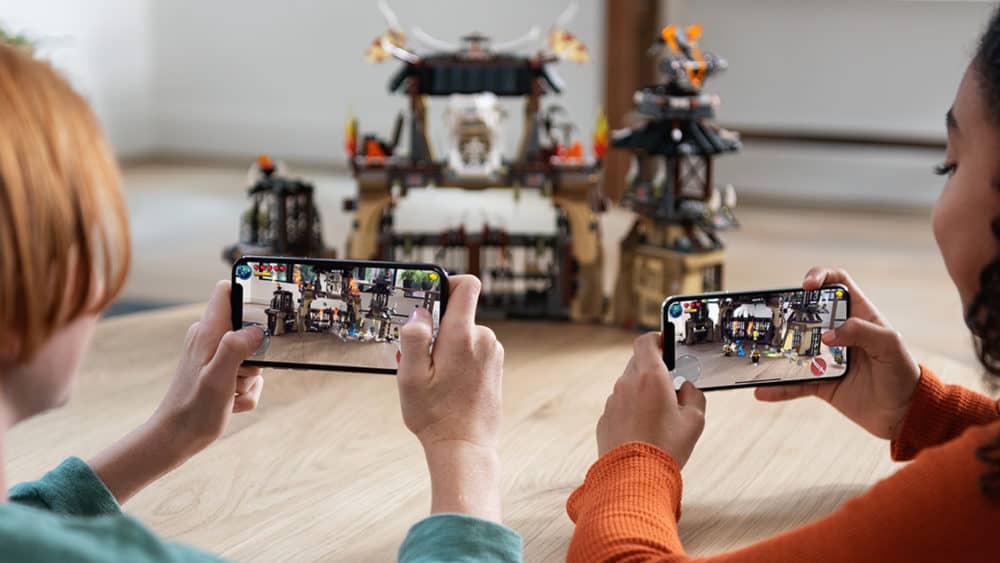
First things first: the “e” doesn’t stand for “electronic.” Unlike most examples that come to mind (e-mail, e-card, e-bill, e-whatever), eSIM stands for “embedded Subscriber Identity Module.” That tells you a lot about what this thing actually is.
A piece of hardware built into an electronic device, an eSIM acts like a traditional physical SIM card, identifying and authenticating a device on a cellular network. Since it’s embedded, the eSIM always stays inside the device. There’s no ability or need to remove it.
Instead you add profiles to your eSIM as you need them, usually by scanning a QR code. Once the profile is installed and activated, it works just like a physical SIM card. Except, you know, without the whole “finding a phone store and swapping over pieces of plastic” thing.
After you’ve finished using a particular eSIM profile, you simply delete it via the settings on your phone.
Which Devices Support It?
Many devices now support eSIMs, undoubtedly helped by Apple including it in every phone model for the last five years. In fact, if you live in the US or Canada and own an iPhone 14 or 15, eSIM is the only option you’ve got: there’s no physical SIM slot in the North American models.
It’s also been available in the company’s smartwatch since late 2017, along with recent iPads, but Apple wasn’t the first to start using this new technology.
Samsung bundled an eSIM into the Gear S2 smartwatch back in 2016, and its Galaxy and Note devices more recently, while Google has included one in all of its Pixel smartphones since the Pixel 2 in 2017. I’ve been using them on my Pixel 4a and 6a for the last few years, with great success.
Other Android vendors are also starting to include it, at least in certain models, and even some Windows laptops have the option of using an eSIM to get connected when there’s no WiFi available or you can’t rely on it.
Are eSIMs Really The Future for Travelers?

At first sight, eSIMs sound like a dream come true for travelers. Who wouldn’t want to turn up in a new country, turn on their phone, and connect to a network with a couple of taps before even leaving the airport?
The technology sounds like it brings nothing but benefits, but is that really the case?
In terms of convenience, eSIMs can definitely make the process of getting connected much easier. Simply buy a plan from your phone, follow any authentication instructions, choose a payment method, and you’re done. There’s no need to leave your home (or the airport) to do it.
This is ideal when you’re traveling constantly, letting you get connected quickly and easily no matter how often or how suddenly you change countries. Even for those with a home base, though, it makes travel easier, especially for those regularly going back and forth between two or more countries.
Business travelers or expats who visit their home country regularly, for instance, can keep two profiles on their eSIM and switch between them at will. Other than the convenience, it means there’s no chance of losing a physical SIM card when it’s not being used. Not that we know anyone who’s done that. Ahem.
Replacing physical SIMs with eSIMs also saves space inside the device that can be used for other features, extra battery life, or making the hardware smaller. It also helps with waterproofing, with one less slot for liquid to enter. I’m always a fan of that: drying out a drowned phone isn’t anyone’s idea of a good time.
Of course, the hardware is only half the story. For eSIM technology to work, cellular providers also need to support it on their networks. None of these potential advantages amount to much until there’s widespread support from carriers, including prepaid options, and what’s where things get interesting.
So what’s the best approach?
Option 1: Buy a Local eSIM
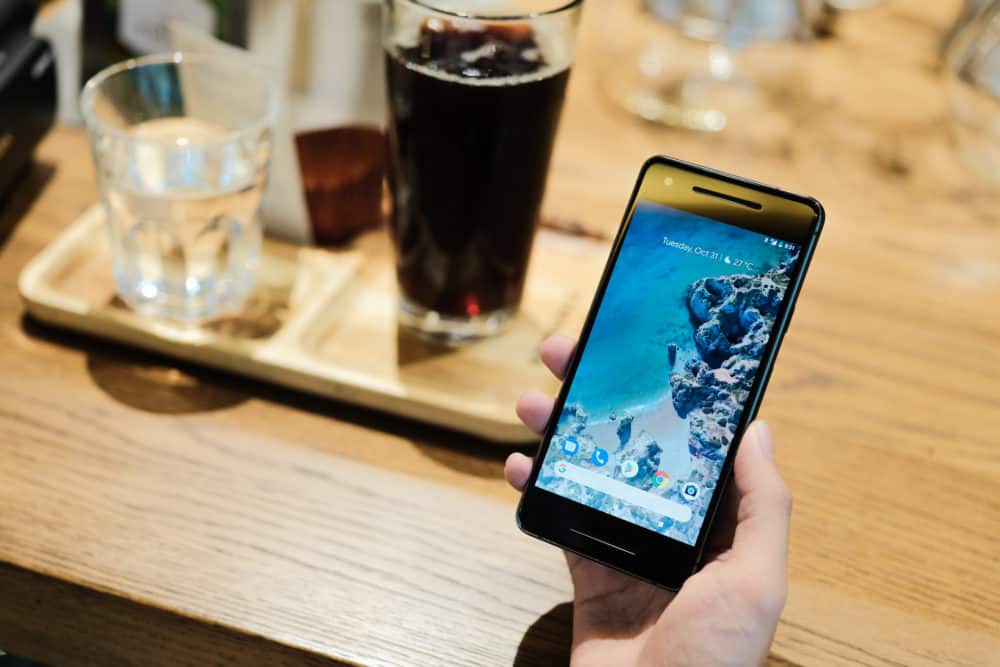
The number of countries where you can buy and use local eSIMs is growing steadily. From 10 countries at launch, the list has now grown to over 110. That’s an impressive number, covering everywhere from Thailand to Tajikistan, Croatia to Colombia, but the raw numbers sadly don’t tell the full story.
Firstly, even in countries where eSIMs are available, it’s rare that all providers offer them. You’ll usually find the major carriers have an eSIM option available, but at least some of the cheaper resellers won’t. The surge in eSIM-enabled devices is getting more companies to jump on board, but it’s a slow process.
Secondly, even when a provider does offer eSIMs, it’s not always on a prepaid plan. I’ve often got excited about the option of buying local service from a company that’s advertising eSIMs in a big splashy banner on their homepage, only to find out I’d need to sign up for a 12-month contract. No thanks.
Thirdly, at least some of the companies selling local prepaid eSIMs use them mostly as a way of extracting money from overseas visitors, offering only expensive tourist packages rather than the full range of options. Just like physical SIMs, there’s no technical reason for this; it’s purely a business decision.
Finally, while the purchase and installation process is faster with an eSIM, you’re generally still subject to the same identification requirements that you would be buying a physical SIM. This often means uploading a scan of your passport and/or providing address details before it will activate.
Given all the above, there’s still a big gap between the potential of local prepaid eSIMs and the reality. When eSIMs first launched, I expected that by now I’d be buying prepaid versions from local companies whenever I traveled internationally, just like I’d bought the physical cards in the past.
Instead, despite researching the options before every trip, I’ve only bought an eSIM from a local carrier once in the last five years. As it turned out, there’s another way of doing it that gives all of the convenience, most of the savings, and none of the hassle I mentioned above.
Option 2: Buy a Travel eSIM
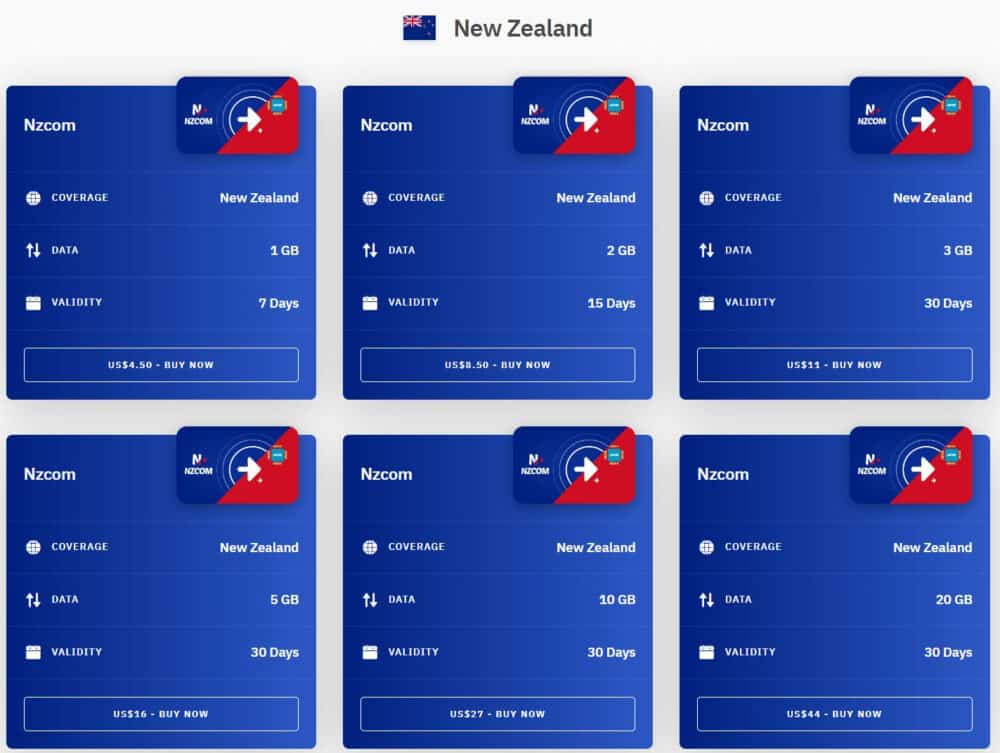
Where local carriers have been slow to offer prepaid eSIM options to travelers, global providers have seen an opportunity. Companies like Airalo and AloSIM offer eSIM-based data services in many countries and regions around the world, purchased online and enabled via a QR code or app.
They’re typically not quite as cheap as local data packages for longer stays, but cost the same or less for light use or short trips. I often use their eSIMs when first arriving in a country, or for my entire trip if I’m only there for a week or two.
Between my partner and I, we’ve now used eSIMs from one or the other company in Australia, New Zealand, South Korea, Chile, Ireland, the United Kingdom, Cambodia, and several other countries. They’ve only ever taken a couple of minutes to buy and install, and worked reliably every time.
I’ve never had to provide any kind of identification to buy a travel eSIM, beyond my email address. I’m not anonymous, of course–my phone has a unique identifier, and I generally paid with a debit or credit card–but it avoids the need to give away personal data to random phone companies.
I wrote up a review of my experience with Airalo after my time in Cambodia, and recently updated it after spending a couple of weeks in New Zealand. I’ll do something similar for aloSIM as well, but for now, suffice it to say that the experience and prices were very similar.
Being able to pay under five bucks to stay connected for a week has been a gamechanger, especially when I can get set up before I leave home or while waiting for my bag at the airport. Breezing past the line of people at the SIM card kiosk is just the icing on the cake.
The only real downside is that I often don’t get a local phone number: the packages are usually (although not always) data-only. That barely matters to me, since I can chat via WhatsApp and call any phone number I like with Skype or Google Voice if I have to, but it may be a problem for some.
Airalo and aloSIM aren’t the only game in town, of course, and I’ve found others that have better pricing in certain countries or if you need a lot of data. You can also buy regional or global packages that let you use the same eSIM in multiple countries, which can sometimes be better than buying them individually.
To that end, I put together a guide to the best travel eSIMs, testing a bunch of them to come up with recommendations for the best (and worst) of the current crop. I also maintain comparison tables in all of our SIM and eSIM guides, which now cover 80-odd countries.
Get regular updates from the world of travel tech and remote work
News, reviews, recommendations and more, from here and around the web
Final Word
All things considered, then, eSIMs are now the best way for most travelers to stay connected. Almost any smartphone you buy today will support them, and while it’s still harder than it should be to buy local prepaid eSIMs, there’s an alternative that’s just as easy and in most cases still saves a bunch of cash.
One day in the future, buying a local eSIM will be a seamless experience: you’ll probably just scan a QR code on the plane or in the arrival hall, choose the best option for your trip, and be connected before you’ve cleared immigration.
Until then, travel eSIMs are the way to go, at least in most of the world, and especially if you don’t need a local phone number. The days of having a collection of physical SIM cards floating around in the bottom of your suitcase are definitely numbered.
Images via Pexels (smartphone with SIM card and holder), Apple (photo of Lego), Tinh tế Photo (Google Pixel 2), Gauthier Delecroix (making a phone call)

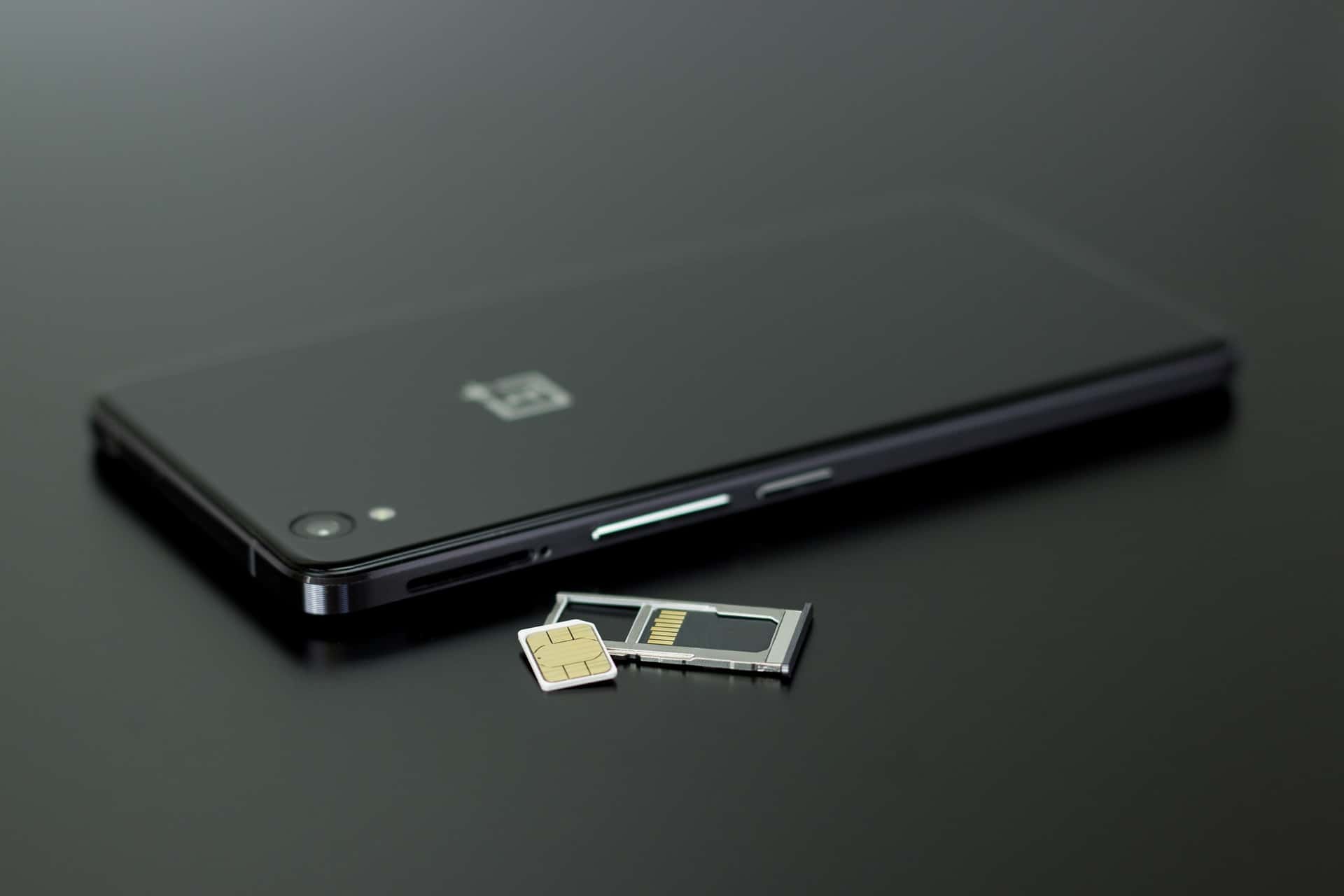
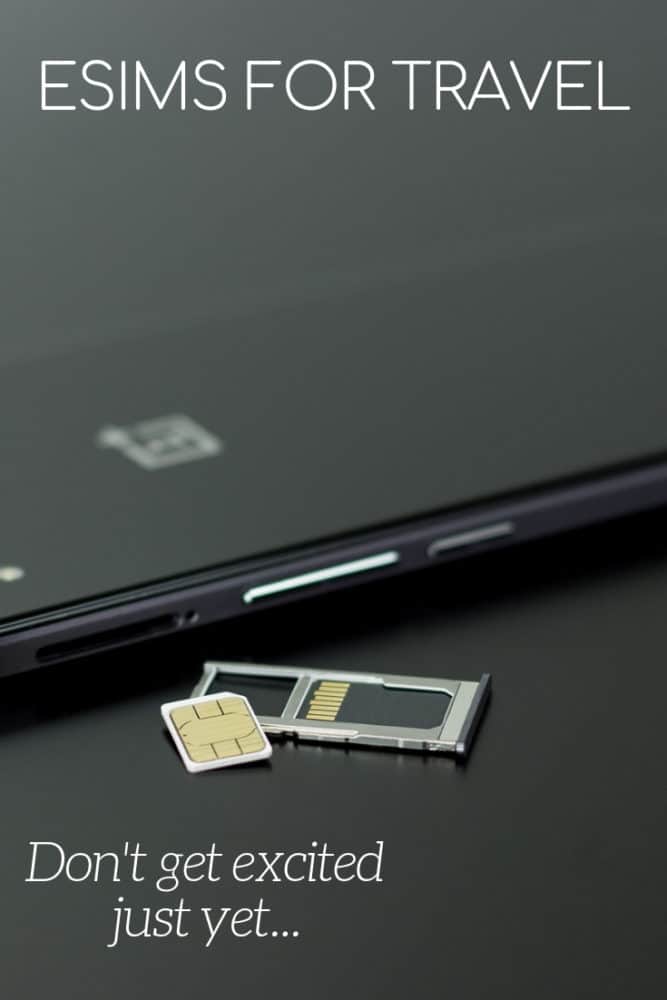




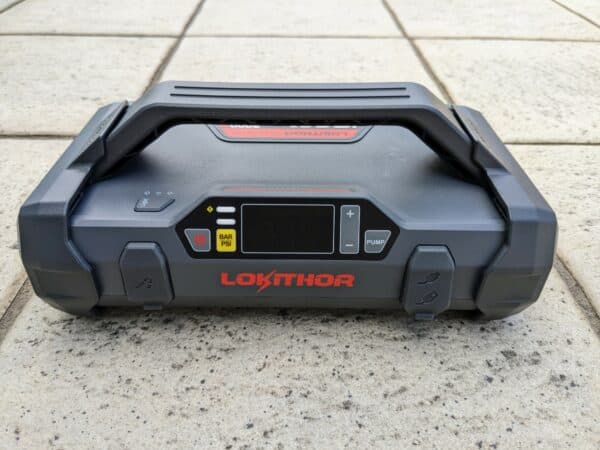

I’ve just taken up this option for an upcoming trip from the UK to China and Japan. Much cheaper than Gigsky.
https://www.three.com.hk/eSIMMall/chi/eSIMMall/index.jsp?lang=eng
This seems to be the cheapest eSim for Asia that I’ve found:
https://thaiprepaidcard.com/ais-roaming-esim-for-dual-sim-iphone-best-roaming-rates/
The article mentions that you cannot have both the eSIM and physical SIM active at the same time. However, on my Apple iPhone XS Max, both are always active. That is, for instance, if I am on a call via my eSIM, I can receive incoming calls to the number associated with my physical SIM. I see the standard options about accepting + hold, declining, etc.
Apple’s support documentation says that you’ll only receive concurrent calls when you’re using iOS 13 and have Wi-Fi calling enabled and active for the number that’s not currently in use. If not, the second line will still go to voicemail whenever you’re on an existing call.
It’s a slight improvement from iOS 12, but still a long way from true dual active support. In either case, you’ll also only get cellular data on one SIM at a time.
Dave, please clarify. It’s 2022 now and we’re now using iOS 15 (soon 16) for iPhones.
I have a physical SIM and an eSIM. As part of the set-up, I am asked which line do I want to use for voice (calling). The other line can be used for DATA or voice as far as I can tell. In my situation, I have the eSIM as data only.
I’m not sure how Wi-Fi calling comes into this mix. Most people have no idea what Wi-Fi calling is. While Wi-Fi calling doesn’t need to use cellphone towers, you need to have a SIM or eSIM installed. The best thing to do when travelling is to enable Airplane mode and then enable WI-FI. If your SIM provider offers Wi-FI calling and you have set it up (correctly) you can enjoy calling to and from home using this method while oversees.
It’s very true that virtually every mobile provider worldwide will not offer eSIM to prepaid (pay as you go) customers. They will sell/provide you with a physical SIM.
Furthermore, in Asia for instance, many people who have Android phones are able to receive calls concurrently with DUAL SIM (physical) SIM phones.
Hi Sammy,
Regarding Wi-Fi calling, I agree that most people don’t know what it is. That said, I just took a look at that support link I posted back in 2019 – while it’s definitely been updated a few times since then, it still says the following:
With iOS 13 and later, when you’re on a call, if the network provider for your other phone number supports Wi-Fi calling, you can answer incoming calls on your other number.
So it looks like that’s still a requirement from Apple’s perspective, at least currently.
I hope that’s what you were asking about – if not, just let me know what you wanted clarification on and I’ll try to help.
In Portugal you can use eSim with a prepaid Vodafone. Not sure about NOS or Altice but in my case since I was converting a physical sim to an e-sim it took around 15 minutes on the store.
Been using Airalo for a while now and it’s the best esim I’ve found . Travel a lot for work , places like the Caribbean can be quite expensive normally for roaming but nice data packages on Airalo.
Some providers require that you activate the eSIM via SMS. But they mandate that this has to be done locally, not when on roaming. This could be a major inconvenience, at least in my option.
So, I have an AT&T iphone max pro and want to add an esim in Australia. Do I need to unlock the phone first?
Assuming it’s not unlocked already, then yes, you do. If your phone is fully paid off and your account is in good standing, you should be able to do so here.
My iPhone 11 has been switched to an eSIM, leaving the physical slot open as mentioned in the article. Will UK carriers recognize my phone on their networks given that some of them haven’t adopted eSIM “technology” yet? Does this mean that a phone with an eSIM will still work fine on their network (while roaming) … but they just don’t sell eSIMs themselves?
Correct – it’ll work fine, they just don’t offer it themselves.
I am new to eSIMs but can’t wait to get one for an upcoming
trip. Should I activate it before I leave the US or once I land in France?
It depends slightly on which company you use, but in general it’s easier to activate it before you leave the US and then disable it until you get to your destination. That way it’ll work immediately on your arrival, when you’re quite likely to need it. Each company should provide detailed instructions about this, though.
I discussed the detail of this in my Airalo review after using that service a couple of months ago — it might be worth a read to see how it worked.
O2 don’t offer an eSIM? They certainly do, and have done since 2019.
Thanks, updated the text. They still aren’t offering it for prepaid/PAYG customers, so it’s not useful for inbound travelers, but they’re hardly unique in that regard!
I think eSIMs for travel have a LONG way to go before they are practical. First, they are insanely expensive in more out of the way countries (most of Africa, for example). I spend quite a bit of time in Africa, so that is already a problem. Second, they require an active wifi connection to setup. More and more often the ‘free’ wifi at airports and other public locations requires an SMS to activate, which if you don’t want to use roaming to receive leaves you in a catch 22, you can’t setup/install your eSIM on the go, you have to do it prior to leaving home. Which is fine, unless you end up making an unexpected stop (like happened to me last week). Moreover, if you run out of credit on that sim you can’t top up without wifi, whereas most physical sim networks allow you to dial into to a top up system even if you’re out of credit.
That Apple is dropping the physical SIM tray in their new phones is a problem for me, I’ll be hanging onto my old SE for as long as I can, or buying a Euro spec iphone that still has the SIM tray.
I am surprised that these flaws are not more widely written about.
use Airalo for my weekly travels and absolutely Love it. Basically live on a plane and it’s saved me so much.
I’m just trying to figure out if (money aside) there are still advantages to just turning roaming on and not doing a sim or e sim? For example will roaming mean I can keep my regular phone number and receive calls anytime in a way that’s more seamless than a sim or e sim plan?
Roaming is still the most seamless option, since you don’t have to buy or enable anything new, and you keep your usual number. It’s just that it often costs a fortune, especially for data.
Whether you’re better off with your usual number or a local number probably depends on who you want to be called by, people from home or e.g. taxi drivers and local restaurants who likely won’t call an international number.
That’s helpful thank you. Can I ask one more question? With an e sim can I still access all my apps including my paid subscriptions to newspapers?
Yes, you can. The best way of thinking about using an eSIM it is that it’s like using the Wi-Fi at your hotel: it just gives you a cheap way of connecting your phone to the internet while you’re overseas. Your apps don’t care how they connect, they just need to be able to do it somehow. As long as they can get to the server they usually use, everything works as normal.
There are a few exceptions to that comment, for things like Netflix or whatever that restrict the content you can view based on where you are in the world, but that’s not an eSIM issue, just a geographic one that you’d likely also have if you were roaming or using Wi-Fi.
Thanks so much Dave. Believe it or not, despite endless Google searches I have not been able to understand that or get that confirmed until now, thanks so much to you.
No problem, glad I could help!